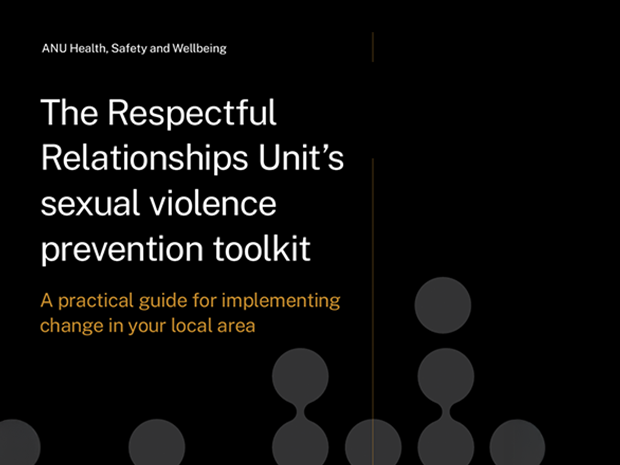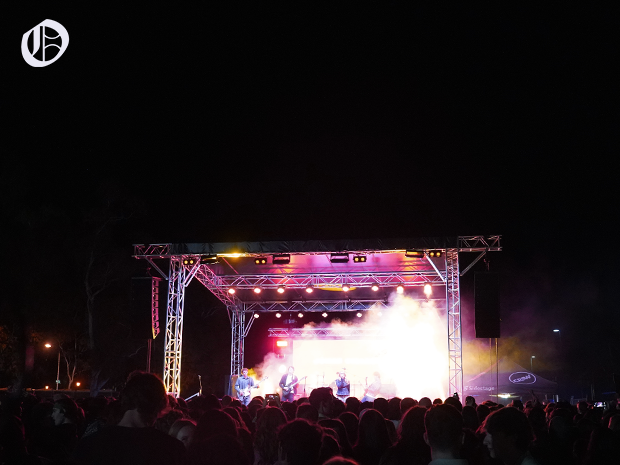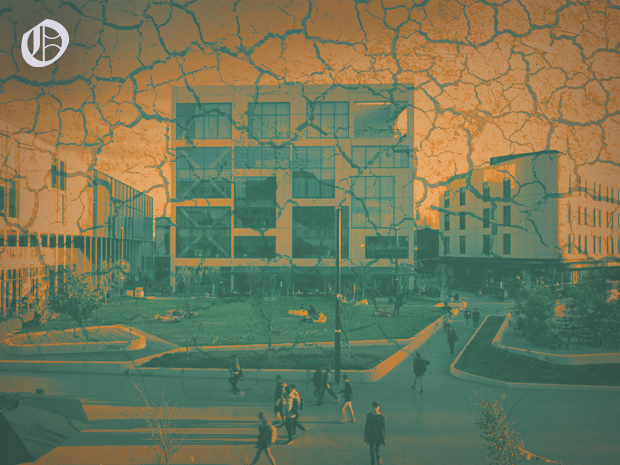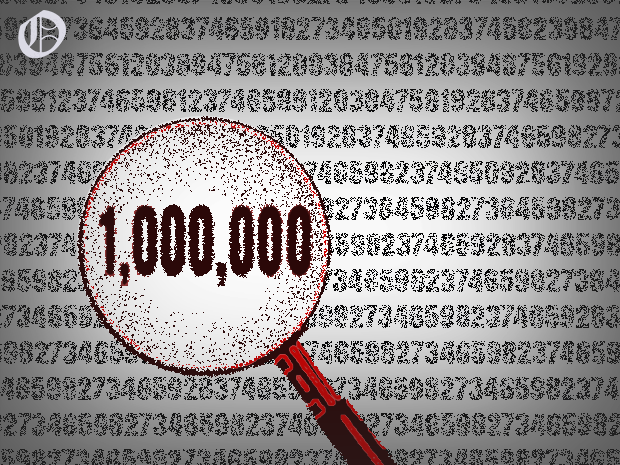Promises and Policies: Inside Labor’s 2025 Election Win
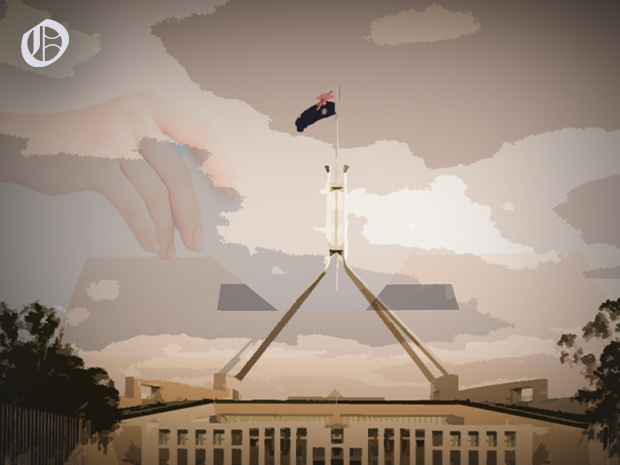
By Saffron Geyle
Additional Reporting by Mackenzie Watkins
On Saturday 3 May, The Australian Labor Party secured a decisive victory in the federal election, so far attaining 89 seats in the House of Representatives. The Liberal-National Coalition Party, in contrast, has attained a total of 40 seats in this election, down from the 58 seats held by the Coalition since 2022.
Prime Minister Anthony Albanese’s Labor government has made Australian history as Labor’s largest landslide victory, outperforming Bob Hawke and Kevin Rudd in their impressive historical election wins. Opposition leader Peter Dutton also made history as the first federal opposition leader to lose his seat during an election.
So what does this mean for us? Albanese’s re-elected Labor Government has made policy promises targeting the current cost of living crisis, improving Australian healthcare, and increasing education accessibility. Observer looks into these policy promises and their implications for university students and recent graduates.
The Labor Party’s cost-of-living plan, announced for the 2025 campaign, includes an incentive for first-time home buyers, in which Labor will give first home buyers access to 5% deposits. Labor will also cut income taxes over the next two years, reducing the current 16 per cent tax rate for income between $18,201 and $45,000 to 15 per cent in July 2026, and 14 per cent in July 2027.
For Australians, and graduated university students especially, this essentially means that income retention will increase by the end of 2027. Graduated students entering the workforce, especially the Australian Public Service, as many alumni do, will have higher after tax income from this change.
Healthcare expenses and accessibility for students amid the cost of living crisis, is an issue Labor promised to tackle in its re-election campaign. The Labor Party announced the largest investment into Medicare since its inception, delivering an increase in bulk-billing services available for Australians seeking GP appointments. Labor also plans to open an additional 50 urgent care clinics, ensuring that 4 in 5 Australians will have access to a clinic within a 20-minute drive from their homes.
University students are experiencing mental health concerns now more than ever in the cost of living crisis, another item in which Labor has promised improvement. Labor has committed to a $1 billion mental health plan to achieve more free mental health services. Backed by the party’s new Medicare initiative, the investment will see 58 headspace services being built or upgraded, $90 million going towards training places for mental health professionals, $225 million towards new and upgraded Medicare Mental Health Centres, and half of the entire investment will be put towards the building of 20 Youth Specialist Care Centres for young Australians with complex needs. Contrary to the Liberal Party’s initiative to increase privatised mental health services, this large investment into public mental healthcare means more equitable support for university students over the next three years.
Also on Labor’s to-do list is a reduction in current HELP-HECS debts by 20 per cent. From 1 June of this year, the Albanese Labor Government will enact upon this policy promise. A predicted $16 billion in student debt will allegedly be wiped, with Albanese insisting this would be the first item on his agenda once back in Parliament.
Observer will continue to track these policy developments and their impact on university students as the new government’s agenda unfolds.
Graphics by Shé Chani
Know something we don’t know? Email [email protected] or use our anonymous tip submission.
If you have an issue with this article, or a correction to make, you can contact us at [email protected], submit a formal dispute, or angry react to the Facebook post.
Want to get involved? You can write articles, photograph, livestream or do web support. We’re also looking for someone to yell “extra!” outside Davey Lodge at 1AM. Apply today!


